Introduction
Training your dog is essential for a happy home. Proper training shapes behavior and strengthens your bond. More pet owners now seek local dog training classes. This article aims to guide you in finding the best classes near you.
Speaking of happy homes, nothing makes a pup happier than having a cozy place to snooze. Consider investing in a PetFusion Ultimate Dog Bed for your furry friend. It’s like a cloud for dogs, and who doesn’t want that? A well-rested dog is a happy dog!

Summary and Overview
Enrolling in dog training classes offers numerous benefits. Classes provide structured learning for dogs and owners alike. You can expect various types of classes, from basic obedience to specialized training. Training methods may vary, focusing on positive reinforcement or clicker training. Costs can differ based on location and class type. It’s vital to choose a class that meets your dog’s needs and aligns with your preferences.
And while you’re at it, why not make training a bit more fun? The KONG Classic Dog Toy is perfect for keeping your pup engaged during training sessions. Fill it with treats and watch your dog work for their reward!

To learn more about effective training methods, especially for dogs with anxiety, check out this article on effective training methods for rescue dogs with anxiety in the home environment.
Understanding Dog Training Basics
What is Dog Training?
Dog training teaches pets essential skills and behaviors. The main goal is to create a well-mannered companion. Different training styles exist, such as positive reinforcement and clicker training. Socialization is a key aspect, helping dogs interact positively with people and other pets.
If you’re new to dog training, consider picking up a helpful book like Dog Training 101: The Complete Guide to Training Your Dog. It’s packed with tips and tricks to get you started on the right paw!
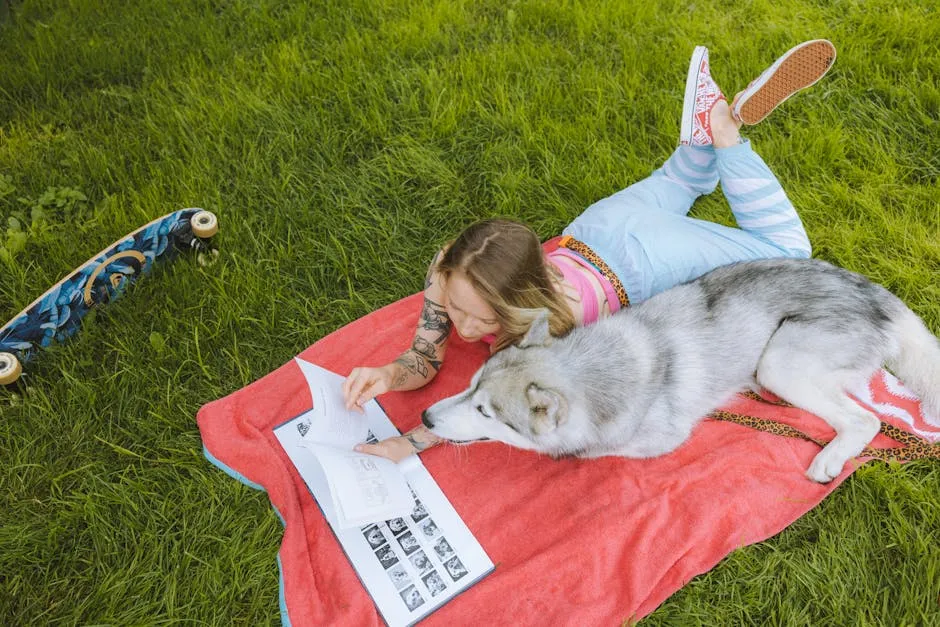
Types of Dog Training Classes Available
Puppy Classes
Puppy training classes focus on socialization and basic commands. These classes help prevent behavioral issues as your puppy grows. Typically, they last around six weeks, meeting once a week. Expect a mix of playtime and structured learning in a supportive environment. Your puppy will benefit greatly from early exposure to new experiences and other dogs.
And what better way to encourage that playtime than with a fun toy? The ZippyPaws Woodland Friends Burrow Squeaky Plush Dog Toy is perfect for interactive play and socialization.
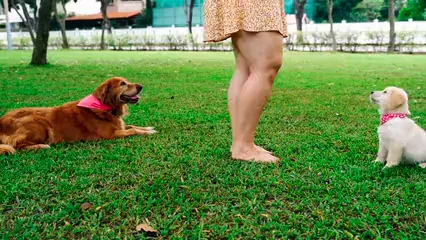
Obedience Training
Obedience training is a fundamental aspect of dog training. It teaches your dog essential commands like sit, stay, and come. These commands help maintain control and ensure safety. Consistency is key in this training. Regular practice reinforces these commands, making your dog more reliable. Remember, a well-trained dog is a joy to have around.
And to help reinforce that training at home, a Dog Training Clicker can be an invaluable tool. It helps with consistency and timing, making it easier for your dog to learn commands.
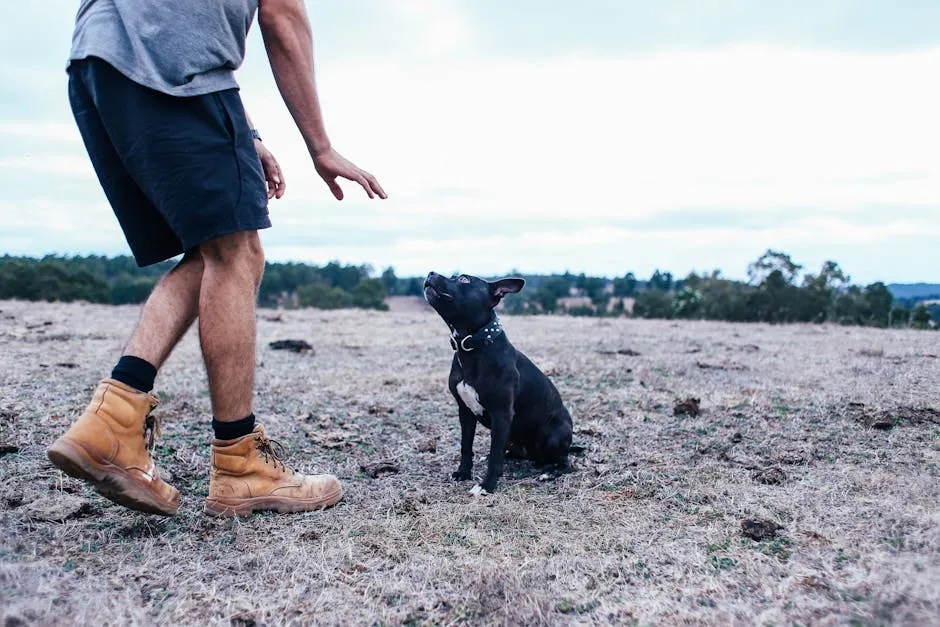
Behavioral Training
Many dogs struggle with behavioral issues like aggression or anxiety. Specialized classes address these common problems. Professional trainers use tailored approaches to help your dog overcome these challenges. It’s crucial to consult a trainer with experience in behavioral training. Their expertise can turn your dog’s behavior around.
If your pup suffers from anxiety, consider using a Thundershirt Classic Dog Anxiety Jacket. It’s designed to provide comfort and security during stressful situations.

Advanced Training and Specializations
For those looking to take training further, advanced courses are available. These include advanced obedience and sport training. Options like agility training or therapy dog training can be exciting. Continued education helps dogs learn new skills and stay mentally stimulated. Investing in advanced training can lead to a well-rounded and happy pet.
And if you’re considering agility training, a Trixie Pet Products Agility Tunnel can be a fun addition to your training routine. It’s great for keeping your dog physically active and mentally engaged!
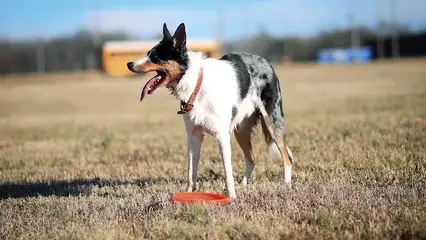
How to Find Dog Training Classes Near You
Online Resources and Directories
Start your search by using online directories like BringFido or Yelp. These platforms offer listings of local dog trainers and classes. When browsing, pay attention to reviews and ratings. They provide insight into other pet owners’ experiences. A well-reviewed trainer is often a good sign of quality.

Local Pet Stores and Veterinary Clinics
Check with your local pet stores and veterinary clinics. Many offer training classes or can recommend trainers. Inquiring at these venues often leads to valuable resources. Staff members can share their experiences and suggestions. This can be a great way to find trusted local options.
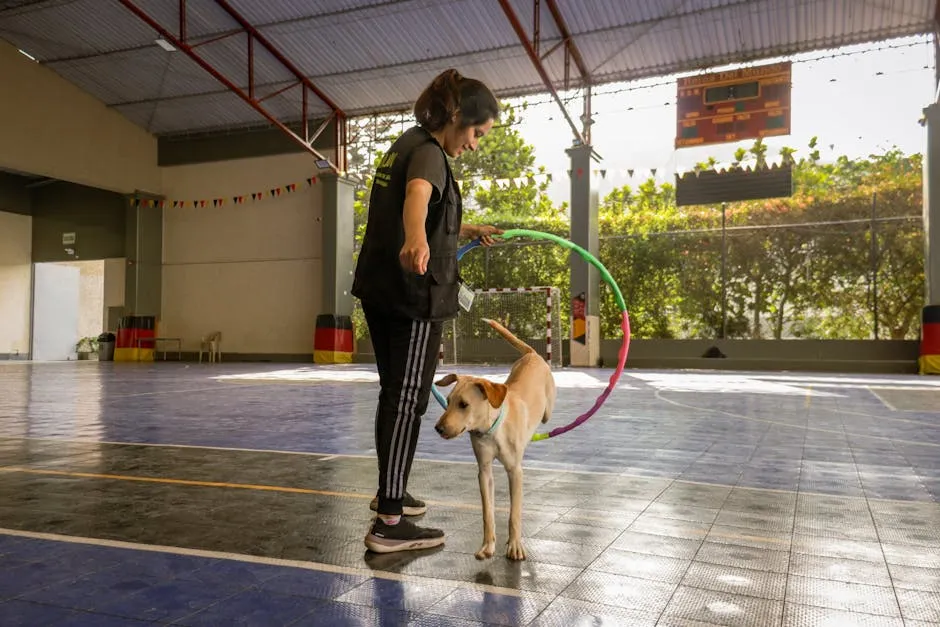
Word of Mouth and Community Recommendations
When searching for dog training classes, ask fellow dog owners. They can provide valuable insights. Local dog parks are great places to meet other pet owners. You might hear about trainers they love or classes that worked wonders. Community groups, both online and offline, are also helpful. Join local Facebook groups or community forums. Engaging with others can lead you to hidden gems in dog training.

Evaluating Dog Training Classes
Credentials and Experience of Trainers
Checking a trainer’s qualifications is crucial. A well-trained professional can make all the difference. Look for certifications like CPDT (Certified Professional Dog Trainer) or APDT (Association of Professional Dog Trainers). These credentials indicate that the trainer has undergone rigorous training. Experience is equally important. Ask how long they’ve been training dogs and what methods they use.

Class Size and Atmosphere
Class size greatly impacts your dog’s learning experience. Smaller classes often provide more individual attention. This allows your dog to learn at their own pace. A positive atmosphere is essential too. Look for classes where trainers encourage and support both dogs and owners. Training should feel enjoyable, not stressful. A friendly environment fosters better learning for everyone involved.

Training Methods and Philosophy
Don’t hesitate to ask trainers about their methods. Understanding their training philosophy is vital. Positive reinforcement techniques are highly effective. These methods encourage good behavior through rewards. This approach builds a strong bond between you and your dog. It creates a fun learning experience, making training enjoyable for both of you.
For insights into effective positive reinforcement techniques, check out this resource on effective positive reinforcement techniques for stubborn dogs.
Costs Associated with Dog Training Classes
Average Pricing for Classes
Costs for dog training classes can vary widely. On average, you might expect to pay between $100 to $300 for a six-week course. Factors like location and trainer experience can influence pricing. Urban areas may have higher rates than rural ones. Also, trainers with more experience might charge more. It’s essential to balance cost with the quality of training provided.
But hey, dog training isn’t just about classes! If you’re looking for a reliable way to manage your pup’s needs, check out the PetSafe Easy Walk Dog Harness. It’s perfect for those training walks, helping to prevent pulling and making the experience more enjoyable for both of you!
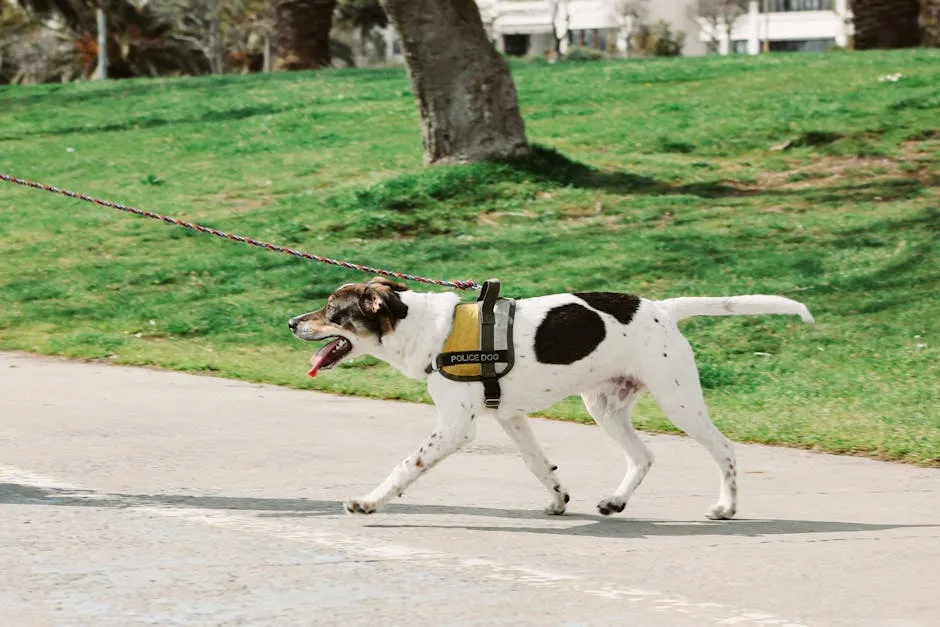
Discounts and Package Deals
Many dog training facilities offer discounts for multiple sessions or group classes. This can be a great way to save money while ensuring your dog gets the training they need. Group classes not only reduce costs but also provide socialization opportunities for your pup.
Don’t hesitate to inquire about payment plans or financial assistance options. Many trainers understand that training can be an investment and are willing to work with you. Ask about any ongoing promotions or packages. A little research can lead to significant savings!

Conclusion
Choosing the right dog training class is crucial for your pet’s behavior and your relationship. A well-trained dog can lead to a happier home. Taking the first step toward training will benefit both you and your furry friend.
And don’t forget to reward your pup for their good behavior! Treats like Zuke’s Mini Naturals Dog Treats are perfect for training sessions and will keep your dog motivated!
FAQs
What should I look for in a dog training class?
When searching for a dog training class, consider the trainer’s qualifications, class sizes, and training methods. A qualified trainer will have certifications and experience. Smaller class sizes often mean more individual attention for your dog. Additionally, inquire about the training techniques used. Positive reinforcement is generally more effective and enjoyable for pets.
How much do dog training classes typically cost?
Dog training class costs can vary. On average, expect to pay between $100 to $300 for a six-week course. Prices may depend on factors like location and trainer expertise. Group classes tend to be more affordable than private sessions. Always check for any discounts or package deals to help manage costs.
Can I train my dog at home instead of attending classes?
Training your dog at home can be effective, but it has its pros and cons. On the plus side, home training offers flexibility. You can set your own schedule and focus on specific issues. It also allows for immediate correction of unwanted behaviors. Plus, it’s often more budget-friendly than professional classes. However, training at home can be challenging. You might lack the experience that professional trainers offer. Additionally, distractions at home can hinder progress. Without guidance, you may struggle to implement effective techniques. Ultimately, the choice depends on your dog’s needs and your comfort level with training.
How can I tell if a trainer uses positive reinforcement methods?
Identifying a trainer who employs positive reinforcement is essential. Start by asking direct questions during your initial consultation. Inquire about their training philosophy and methods. Do they focus on rewards for good behavior? Observe a class in action, if possible. Look for signs such as trainers using treats or praise to encourage dogs. Positive interactions between dogs and trainers demonstrate a supportive environment. Additionally, ask about their approach to correcting unwanted behaviors. Trainers who rely on punishment may not align with positive reinforcement principles.
At what age should I start training my puppy?
Starting your puppy’s training early is beneficial. Generally, training can begin around 8 weeks of age. Early socialization helps prevent behavioral issues later. By 12 weeks, puppies are often ready for structured classes. These classes should focus on basic commands like sit and stay. For larger breeds, consider starting training a bit later, around 16 weeks. Their growth patterns may require a different approach. Regardless, consistency is key. The earlier you start, the better your puppy’s behavior can develop over time.
Do dog training classes guarantee results?
While dog training classes provide valuable skills, they don’t guarantee results. Success hinges on owner participation and commitment. Training requires consistency and practice outside of class. Your involvement plays a crucial role in reinforcing learned behaviors. Many factors influence outcomes, including your dog’s temperament and age. Some dogs learn more quickly than others. If you stay dedicated and apply training techniques regularly, you’ll see improvement. Remember, patience and persistence are vital in dog training.
Are there online dog training classes available?
Absolutely! Online dog training classes have become increasingly popular. They offer convenience and flexibility, allowing you to train from home. These virtual classes often feature live sessions or recorded lessons. You can learn at your own pace, fitting training into your schedule. Many reputable trainers now offer comprehensive online programs. These courses can cover everything from puppy training to behavioral issues. Just ensure the trainer uses positive reinforcement methods. Online classes can be just as effective as in-person ones, depending on your commitment. If you’re interested, start searching for virtual options today!
Please let us know what you think about our content by leaving a comment down below!
Thank you for reading till here 🙂
All images from Pexels





